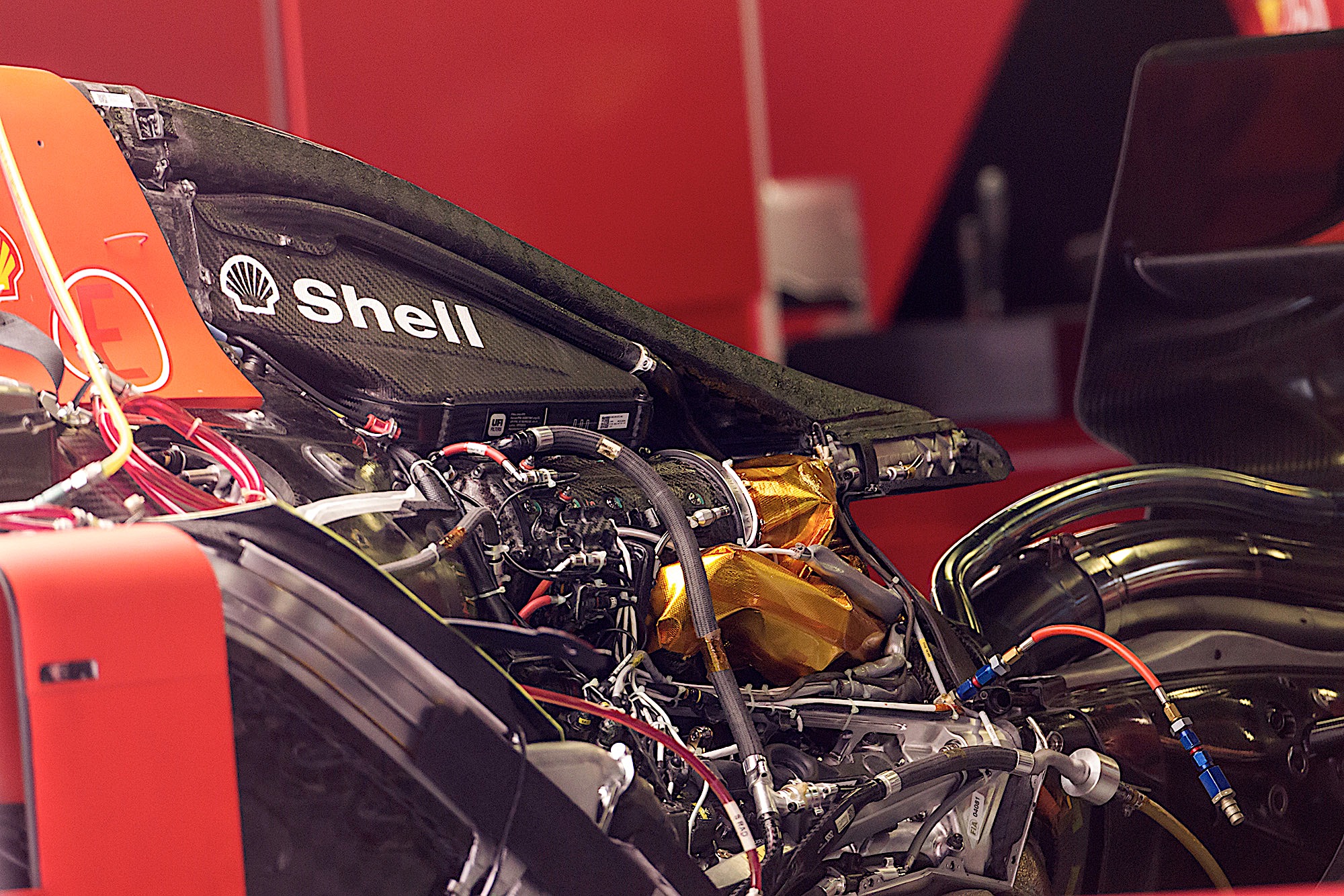While focusing on the end of the 2023 Formula 1 championship and most importantly on working on the car for 2024, all teams are also actively engaged in preparation for the next generation of cars. The 2026 Formula 1 season will see the introduction of new-generation power units, accompanied by substantial changes in aerodynamics beneath the cars. While awaiting the full approval of the 2026 technical regulations, factories are diligently involved in the initial phase of designing the innovative power units.
The forthcoming power units will notably exclude the expensive MGU-H (Motor Generator Unit – Heat). The removal of this component, which would have impacted advanced technological research in Formula 1, aligns with the current emphasis on cost control.
Engineers are currently grappling with the challenge of compensating for the performance loss resulting from the absence of energy recovery. This task is particularly complex as the engines are expected to generate three times the electricity, increasing from 120 kW to 350 kW (470 hp).
This constitutes nearly 50% of the total engine power. Some engineers express concerns that, at least in the early stages of 2026, unexpected challenges might arise concerning aerodynamic efficiency. The regulations may not have achieved a balance regarding engine efficiency.
This imbalance could prevent significant weight reduction in the engines despite the removal of the heavy MGU-H. The battery pack and the new MGU-K are anticipated to be notably heavier to manage energy storage and delivery.
Although heat engines will feature some significant innovations, they will fundamentally be simpler and more cost-effective. Titanium has been replaced by aluminum alloys, adhering to a much lower combustion ratio as per regulations. These changes are encouraging oil companies to develop carbon-neutral fuels, necessitating exceptionally high levels of efficiency. Greater efficiency would mean fewer kilograms of fuel required for the same power output. Additional details from Formu1a.uno include the adoption of fixed-height intake pipes, consistent with cost objectives set by the FIA. Variable height, deemed of limited utility in turbo engines, has been discarded.
Regarding injectors, standard components supplied by Magneti Marelli will replace the variable ones. The Italian-Japanese company secured the contract after winning a vote in the commission, surpassing its competitor Bosch, which currently supplies Ferrari. Although 2026 may seem distant, the urgency is palpable concerning new construction philosophies and engine targets. The development race is already in full swing.
Show your support for Scuderia Ferrari with official merchandise collection! Click here to enter the F1 online Store and shop securely! And also get your F1 tickets for every race with VIP hospitality and unparalleled insider access. Click here for the best offers to support Charles and Lewis from the track!
Show your support for Scuderia Ferrari with official merchandise collection! Click here to enter the F1 online Store and shop securely! And also get your F1 tickets for every race with VIP hospitality and unparalleled insider access. Click here for the best offers to support Charles and Carlos from the track!
The positive aspect of the new regulations is the attraction of two major manufacturers. Audi will join Ferrari, Mercedes, Renault, and Honda in F1. Ford is set to participate through its partnership with Red Bull powertrains.
There were discussions proposing an increase in petrol flow to address the energy recovery challenge, but this solution was rejected due to concerns about creating “Frankenstein” cars, as Christian Horner expressed earlier. Many aerodynamic concepts for the 2026 cars will be based on engine efficiency.
According to available information provided by F1 experts Giuliano Duchessa and Piergiuseppe Donadoni for formu1a.uno, the first complete engines are expected to be on the bench in 2024, with Mercedes leading the pack in this regard.
The development of new engines is subject to constraints. From now until the end of 2026, engineers have 700 hours annually for the combustion engine and 500 for the ERS. Post-2026, the hours will decrease to 500 for the ICE and 400 for the ERS. A limitation is imposed on powertrain cells, allowing a maximum of 9 test benches.
These developments are also governed by the cost ceiling, which increases from $95 million to $135 million.
Reducing weight is a key objective with the introduction of new cars, prompting considerations of easing some development constraints. Regarding the current level of engine engineers, Audi appears to face more challenges than its rivals in acquiring top engineering talents.
Mattia Binotto is reportedly one of Audi’s targets to fill this role, although the former Ferrari boss has multiple options available. Despite uncertainties and the arrival of a new CEO, Gernot Doellner, Audi remains committed to its entry into Formula 1. The company intends to finalize the acquisition of the Swiss company founded by Peter Sauber.













.png)

Leave a Reply